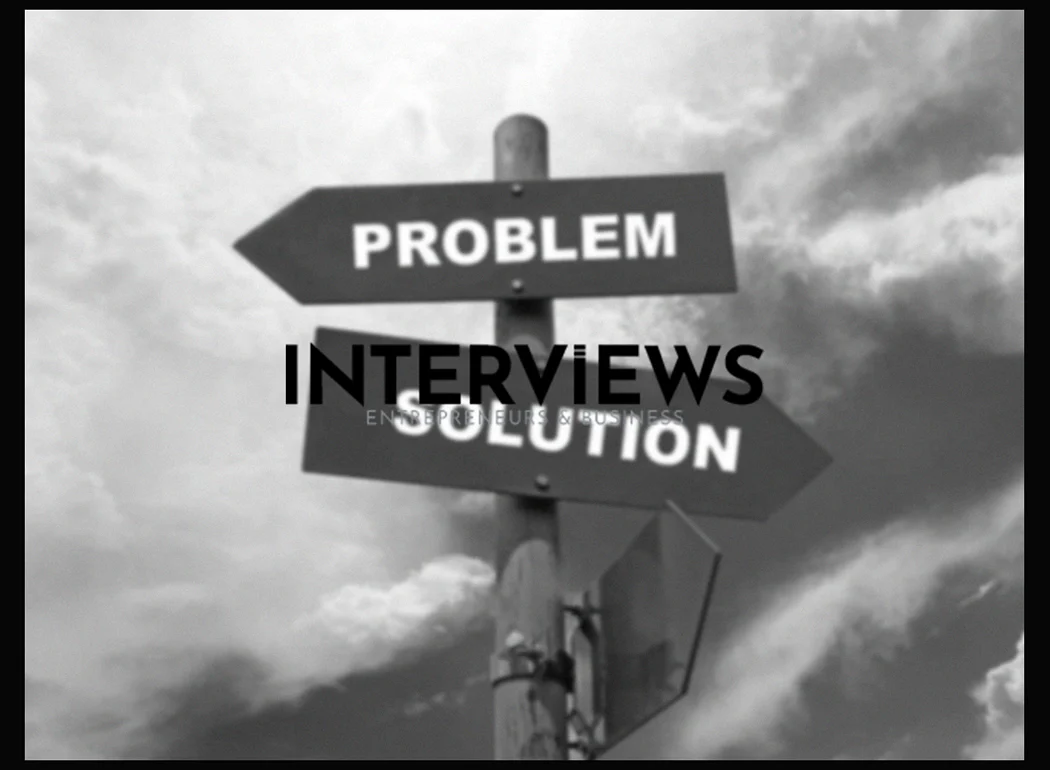Why Do New Products Faceplant? (And How to Avoid It)
Launching a new product is like throwing a party. You prepare snacks (product features), play music (marketing), and send invites (sales). But sometimes, nobody shows up. Or they leave right away. Why does this happen? Why do some products flop while others succeed?
Product failure isn’t a mystery. It often comes from predictable mistakes. Luckily, we have a cheat sheet of common reasons for product failures. You can avoid these pitfalls and host a product party that excites people. Let’s examine product failures together.
1. Lack of Product-Market Fit: The “Nobody Asked For This” Syndrome
Picture spending months knitting a sweater for your cat, only to find it prefers a cardboard box. That’s a product without market fit. CB Insights reports 42% of startups stumble here. It’s the “Field of Dreams” fallacy – build it, and they might not come. If your product doesn’t solve a real problem, you shout into the void.
Pro Tip: Use empathy as your weapon. Talk to potential customers. Understand their pain points. Don’t assume you know what they need. Because assumptions lead to product failures.
2. Inadequate Market Research: Flying Blindfolded
Launching without market research is like navigating a minefield blindfolded. Many products fail due to miscalculating market size. Wishful thinking isn’t a strategy. Insufficient research leads to products out of sync with market desires.
A survey highlighted poor research as a major pitfall. Who knew understanding your market was important? Before development, create a strong market and product protocol. Think of it as your product’s roadmap.
Reality Check: “Build it and they will come” is just a quote, not a plan. Do your homework. Talk to customers. Analyze data. Market research lays the foundation for success.
3. Poor User Experience (UX): Users Want to Throw Their Phones
Ever used an app that felt like a robot designed it? That’s poor UX. “Poor user experience, sloppy implementation” indicate UX issues. If using your product is harder than IKEA assembly, users will leave fast.
A confusing or clunky product is a disaster waiting to happen. Usability is essential; people expect smooth experiences. Fail to deliver, and they will switch to competitors.
UX Mantra: Keep it simple (KISS principle). Make your product user-friendly. Happy users become repeat users and paying customers.
4. Ineffective Marketing and Sales: Whispering in a Hurricane
You have a great product that solves real problems. But if no one knows about it, does it exist? Even an angel-touched product fails if marketed poorly. Ineffective marketing is like whispering during a hurricane.
“Lack of promotion is often the reason…” Yes, that spells disaster. You must shout about your product online or run effective ads. It’s not just about volume; target your audience.
Marketing Truth Bomb: Marketing is crucial. It’s how your product shines to the world. Don’t be silent. Discover your voice and use it.
5. Lack of Differentiation: Just Another Brick in the Wall
Imagine launching bottled water in a saturated market. Unless your water comes from unicorn tears, you’ll struggle to stand out. Products often fail due to similarity to competitors. Lack of differentiation equals being a beige wall in a beige room.
If your product isn’t unique, why should customers pick you? “Insignificant point of difference” leads to failure by small cuts. You need something compelling that gets people excited.
Differentiation Declaration: Don’t be a “me too” product. Find your unique angle. Give customers reasons to choose you over familiar options.
6. Quality and Design Issues: Built to Disappoint
Remember Google Glass? It seemed cool but didn’t redefine eyewear. “Poor design and quality” kills products silently. No one wants items that fall apart or look poorly made. “Factors of failure include bad design and lack of quality control.” It’s a recipe for disaster.
Poor quality erodes trust faster than you can say “recall.” Customers expect functionality and aesthetics.
Quality Quotient: Quality builds trust. Invest in design and production to ensure reliability. A broken product breaks promises.
7. Pricing Problems: Too Rich or Too Cheap?
Pricing is delicate. Too high, you scare customers away. Too low, you might as well give away your product. “Too expensive or poor value to customers” means pricing suicide. “Misaligned pricing and value” tells customers to look elsewhere.
Google Glass had a hefty price tag that didn’t scream mass market appeal. Your pricing must fit your product’s value and competition. Are you premium or budget-friendly?
Pricing Puzzle: Pricing isn’t merely a number; it’s a message that reflects your value while resonating with your audience.
8. Timing Issues: Fashionably Late (or Early) to the Party
Timing matters. Launch too early, the market may not be ready. Launch too late, you miss opportunities. “Bad timing” is succinct and harmful. “Launching at unfavorable times” can be disastrous—like luxury yachts during a recession.
Market trends and seasonal factors affect success greatly. Understand the landscape and launch at the right moment, not just when coding completes.
Timing is Essential: Timing involves strategy, not luck. Understand cycles, anticipate trends, and launch when conditions are favorable.
9. Distribution Problems: Lost in Transit
A fantastic product fails without easy accessibility for customers. “Even great products fail if they aren’t available in convenient ways.” Distribution issues frustrate customers and limit sales potential.
manner.” – common sense, yet often overlooked. “Faulty Distribution Channels” – it’s like building a highway to nowhere.
Channel selection is crucial. Are you selling online, in retail stores, through distributors, or all of the above? “The product is not available through the right channels for reaching its target customers.” – as if selling snowshoes in the tropics. Your distribution strategy needs to reach your audience.
Distribution Dilemma: Distribution is not just logistics; it is about accessibility. Make your product easy to find and buy for your target customers. Don’t let it get lost in transit before reaching them.
10. Planning and Preparation Deficiencies: Winging It to Disaster
“Failing to plan is planning to fail.” Clichéd, but true. “Lack of Planning and Preparation” – the equivalent of showing up for a marathon without training. “Many businesses fail due to lack of proper planning.” – sounds about right.
A business plan is not for show; it is your roadmap to success. “Incomplete market & product protocol before product development starts” – we need a solid plan, not just a hazy idea and a prayer.
Planning Power: Planning is not boring; it is essential. Develop a comprehensive business plan, outline strategies, and define goals. Don’t wing it; strategize.
11. Financial Issues: Running on Empty
Cash is king, queen, and the entire royal family in business. “82% of small businesses fail due to cash flow problems.” – ouch. “Insufficient capital are big reasons why companies fail.” Running out of money ends the party early. “Poor cash flow management” causes a train wreck.
A brilliant product needs fuel to run. Without planning and management, you are driving on fumes, hoping for a miracle. Miracles are not a reliable strategy.
Financial Fuel: Finance is not just numbers; it is survival. Manage cash flow wisely, secure funding, and keep a tight grip on finances. Don’t let your business run out of gas.
12. Brand-Related Issues: Broken Promises
Your brand is a promise to customers. Break that promise, and you break trust. “The number one reason brands fail is they break their brand promise.” – simple and devastating. Brand issues often relate to consistency and authenticity. Are you walking the walk?
A damaged brand is a tarnished reputation; hard to repair. Your brand is not just a logo; it sums customer experiences and perceptions.
Brand Building Blocks: Your brand is not just a name; it is a promise. Build a strong, consistent brand that delivers. Don’t break trust; build loyalty.
13. External Factors: Forces Beyond Your Control (Mostly)
Sometimes, even with the best product, external forces disrupt. “New products can fail for various reasons— staunch competition” and “The market becomes saturated” – welcome to the jungle. External factors can include market shifts or unexpected pressures.
While you can’t control everything, you can adapt. Competition is a reality. The key is to anticipate, adapt, and innovate to stay ahead.
External Awareness: The external world isn’t always friendly, but it’s always there. Stay aware of trends, competition, and factors affecting your product. Adapt, innovate, and prepare for storms.
14. Internal Factors: Self-Inflicted Wounds
Sometimes, the biggest obstacles are internal. “Not being an expert in the target industry were common pitfalls.” Internal blind spots can be deadly. “Weak leadership” – a ship without a captain drifts (or crashes).
Lack of expertise, conflicts, poor communication, and weak leadership lead to failure. Tripping over your own feet while trying to run a race.
Internal Insight: Internal factors are within control. Build a strong team, promote empathy, and cultivate leadership. Don’t let internal issues sabotage your product’s potential.
15. Product Development Process: Rushing Through the Recipe
Building a product is not baking a cake in five minutes. It’s a process, and skipping steps leads to disaster. “Incomplete market & product protocol before development starts” – seeing a pattern here.
A rushed or poorly defined process leads to flawed products. Clear protocols are essential, from ideation to launch, with quality controls along the way.
Process Power: Product development is not a sprint; it’s a marathon with checkpoints. Establish a robust process, follow protocols, and don’t skip steps. Savor the process.
So there you have it – the autopsy report on failures. It’s not a pretty picture, but it’s informative. Understand common pitfalls, arm yourself with knowledge, and plan wisely. Research thoroughly, market effectively, and ensure someone wants your product. Your product launch party could be legendary for the right reasons.





